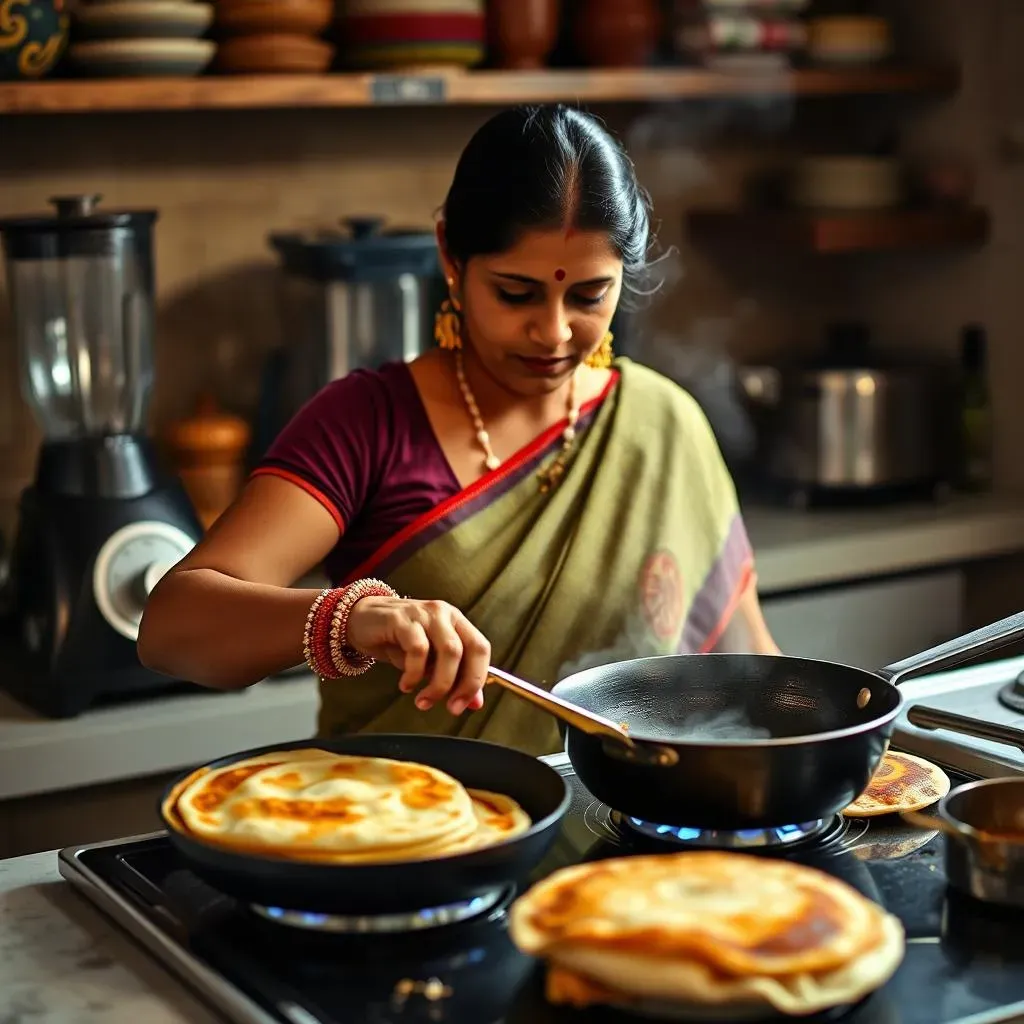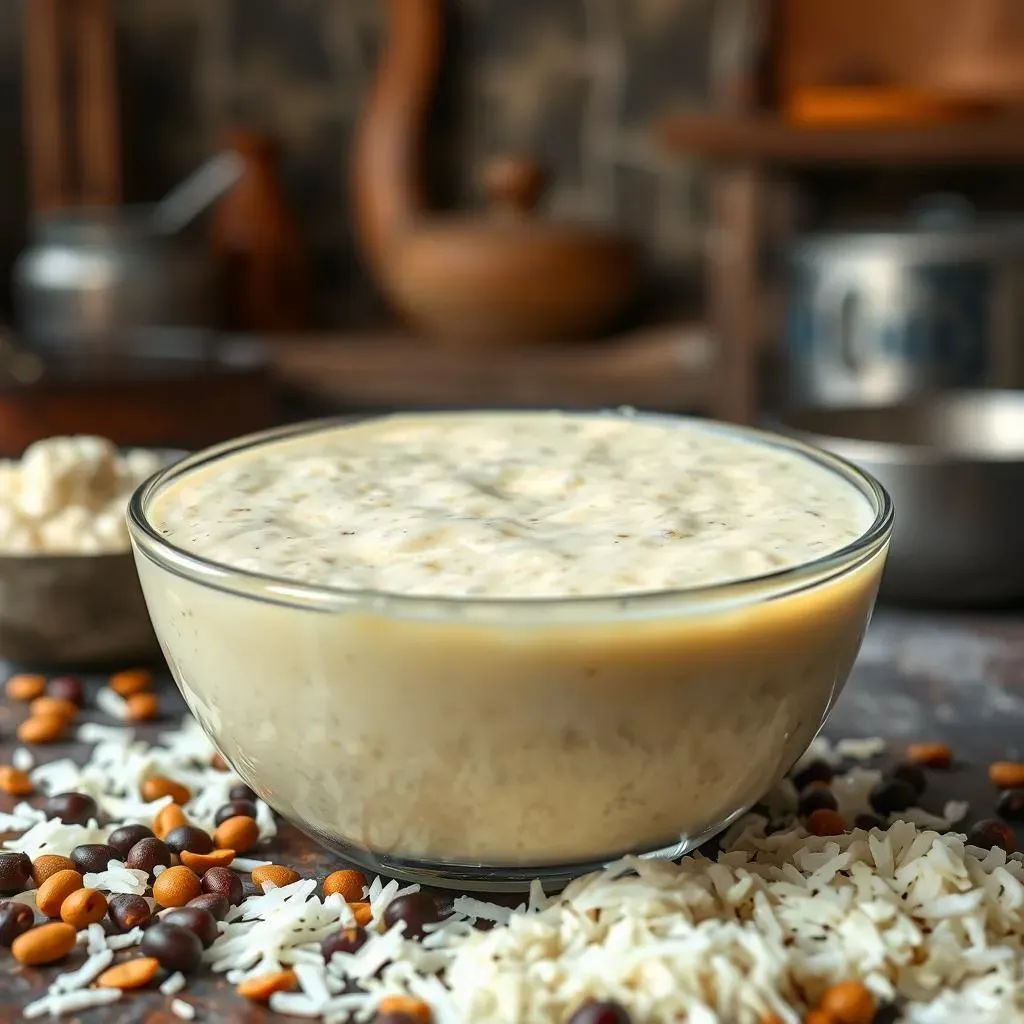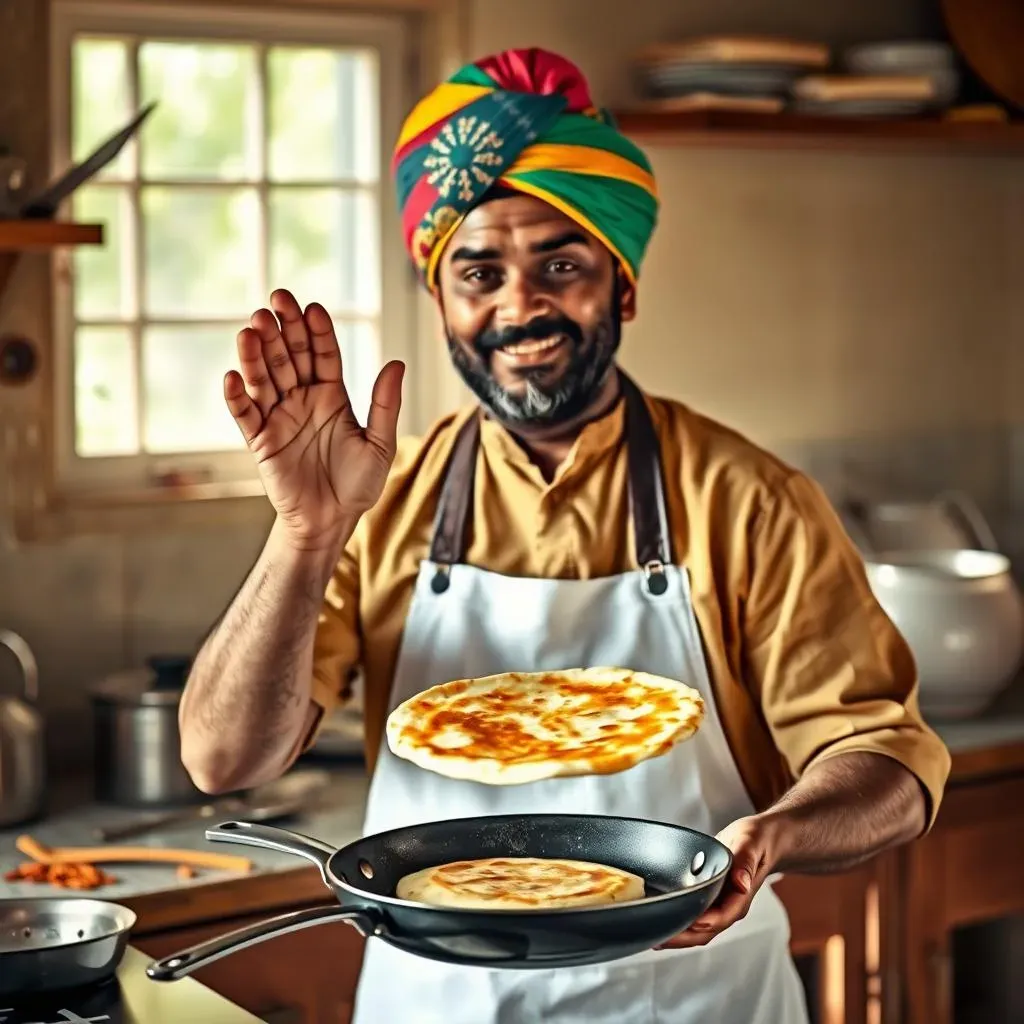Table of Contents
Have you ever wondered how those thin, crispy, and utterly delicious dosas are made? The magic lies in the batter, a simple mix of rice and lentils transformed through fermentation into something truly special. This isn't just another recipe; it's a journey into the heart of South Indian cuisine, where the humble dosa reigns supreme. I remember the first time I tried making them; it was a hilarious, sticky mess, but the taste? Unforgettable. This article will be your guide to mastering the perfect indian dosa recipe, from the essential tools you'll need to the secrets of fermentation. We'll break down the process of creating the batter, explore variations, and even tackle some common mistakes. We'll begin by gathering the proper equipment, then move into the intricacies of the batter, and lastly, we'll see how to cook and serve this amazing dish. So, get ready to ditch the restaurant lines and start making your own amazing dosas at home. Let's get cooking!
Getting Started: The Right Tools for Your Indian Dosa Recipe

Getting Started: The Right Tools for Your Indian Dosa Recipe
Okay, so you’re diving into the wonderful world of dosas? Awesome! Before we even think about batter, let's talk tools. You don't need a fancy kitchen setup, but a few key items will make your life a whole lot easier. Think of it like gearing up for a quest; you wouldn't go exploring without a map, right? For dosas, our map includes a good blender or a wet grinder – this is crucial for that smooth batter. A flat-bottomed pan, preferably non-stick, is next on the list; think of it as your dosa canvas. And finally, you’ll want a good ladle for pouring and a spatula for flipping. Seriously, having the right stuff is half the battle when making dosas. It sets you up for success.
Tool | Why You Need It | My Tip |
|---|---|---|
Blender or Wet Grinder | To make a smooth batter | A high-speed blender works, but a wet grinder is the traditional choice. |
Non-Stick Pan | For easy cooking and flipping | A well-seasoned cast iron pan can also work well. |
Ladle | For even batter pouring | Use a ladle with a flat bottom for better control. |
Spatula | For flipping and removing dosas | A thin, wide spatula is ideal. |
Making the Batter: Ingredients and the Fermentation Secret for Indian Dosa Recipe

Making the Batter: Ingredients and the Fermentation Secret for Indian Dosa Recipe
The Core Ingredients: What You'll Need
Alright, let's get down to the nitty-gritty of the batter. It's simpler than you might think! We're talking mainly about two key players: rice and urad dal (black lentils). The ratio is super important, usually around 3:1 or 4:1 rice to urad dal, but this can vary depending on your preference. Some folks also add a bit of fenugreek seeds which is a little secret ingredient that helps with fermentation and gives a slight tang. I personally love adding a handful of cooked rice, it gives my dosa extra softness. It’s like adding a secret weapon to your batter. Don’t be afraid to experiment with the ratios to find what you like best.
The quality of your ingredients really does matter. Try to find good quality rice, and the freshest urad dal you can. I once used old urad dal, and it just did not ferment properly, it was a total disaster. Trust me, you do not want to experience that. Also, make sure to wash them thoroughly before soaking. It's all about laying the groundwork for that perfect dosa. The batter is the heart and soul of this recipe. If you get this right, you are already 90% there. So, pay close attention to the ingredients and the ratios.
Ingredient | Purpose | My Pro Tip |
|---|---|---|
Rice (usually parboiled or idli rice) | Main carb base | Use a mix of raw and parboiled for best results. |
Urad Dal (black lentils) | Protein and fermentation | Fresh dal ferments best. |
Fenugreek seeds (methi) | Flavor and fermentation aid | Just a small amount is needed. |
Cooked rice (optional) | Softness | Use a small handful for a softer dosa. |
The Magic of Fermentation: The Secret Sauce
Now for the fun part: fermentation! This is where the magic happens and your batter transforms. After soaking your rice and dal for at least 4-6 hours, you grind them into a smooth paste. The key here is to use cold water while grinding – it prevents the batter from heating up and messing with the fermentation process. I usually use water straight from the fridge. Once the batter is ready, you leave it to ferment, usually overnight, in a warm place. Think of it like tucking it into bed for a nice, long rest.
Fermentation is more of an art than a science; it's about creating the perfect conditions for those good bacteria to do their thing. The ideal temperature for fermentation is around 75-80°F (24-27°C). If it’s too cold, the process will be slow, and if it’s too hot, it can become too sour. I've used my oven with just the light on as a makeshift warm place, and it works wonders. You can also use an instant pot on the yogurt setting. The batter should double in volume and have a slightly tangy smell when it's ready to go. It’s that tangy smell that tells you that you are about to make some amazing dosas.
Cooking and Serving: Mastering the Dosa and Exploring Variations

Cooking and Serving: Mastering the Dosa and Exploring Variations
The Art of Cooking the Perfect Dosa
Alright, your batter is ready, bubbly, and smelling fantastic – now comes the fun part: cooking! Heat your non-stick pan over medium heat, and give it a light grease with some oil. Once the pan is hot, take a ladle of batter and pour it onto the center. Use the bottom of the ladle to spread it out in a circular motion, making a thin crepe. It's like painting on a canvas, but with delicious batter. Don't worry if your first few aren't perfect, it takes a little practice. I remember my early attempts were more like abstract art than dosas. But hey, they still tasted great.
Let the dosa cook for a couple of minutes, until the edges start to lift and the bottom turns golden brown. Then, drizzle a little oil or ghee around the edges and flip it over. Cook the other side for a minute or two. The goal is to get a nice crispy texture without burning it. If the heat is too high, your dosa will burn, if it’s too low, it will be soggy. It’s a delicate balance, but you’ll get the hang of it. And remember, every dosa is a little different, that’s what makes it fun. The sound of the batter sizzling on the hot pan is music to my ears. Trust me, once you nail this, you’ll be making dosas every week.
Step | Action | My Tip |
|---|---|---|
1 | Heat the pan and grease it lightly. | Make sure the pan is hot before pouring the batter. |
2 | Pour batter and spread it in a circular motion. | Work quickly to make it thin. |
3 | Cook until golden brown and edges lift. | Don't rush this step, let it cook properly. |
4 | Flip and cook the other side. | Be gentle when flipping, use a wide spatula. |
Exploring Dosa Variations: Beyond the Plain Dosa
Once you’ve mastered the basic dosa, it’s time to get adventurous! The beauty of dosas is their versatility. You can keep it simple and enjoy a plain dosa with some sambar and chutney, or you can load it up with all sorts of delicious fillings. Masala dosa, with its spiced potato filling, is a classic for a reason; it’s just so good! I once tried a paneer dosa, and it was a game changer, the creamy paneer with spices was just amazing. You can also try onion dosa, cheese dosa, or even sweet dosas with jaggery and coconut. The possibilities are endless.
Don’t be afraid to experiment with different fillings and toppings. It’s a great way to make dosas your own. I like to use leftover veggies and lentils to create new and exciting combinations. Dosas are a blank canvas, so go wild with your creativity. Remember, there’s no one right way to enjoy a dosa; it’s all about what you like. I have a friend who puts hummus in their dosa, and you know what, it works! So, let your imagination run wild and create your own signature dosa.
- Masala Dosa: Spiced potato filling.
- Onion Dosa: Finely chopped onions sprinkled on top.
- Paneer Dosa: Indian cheese filling.
- Cheese Dosa: Grated cheese on top.
- Sweet Dosa: Jaggery and coconut filling.